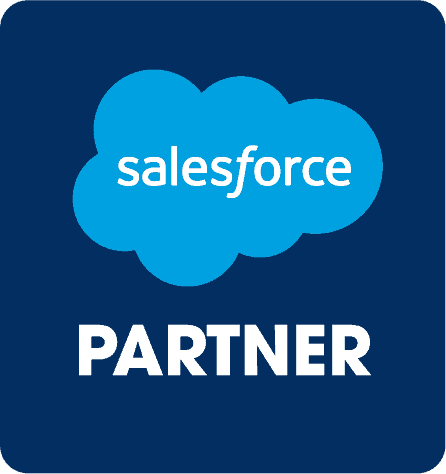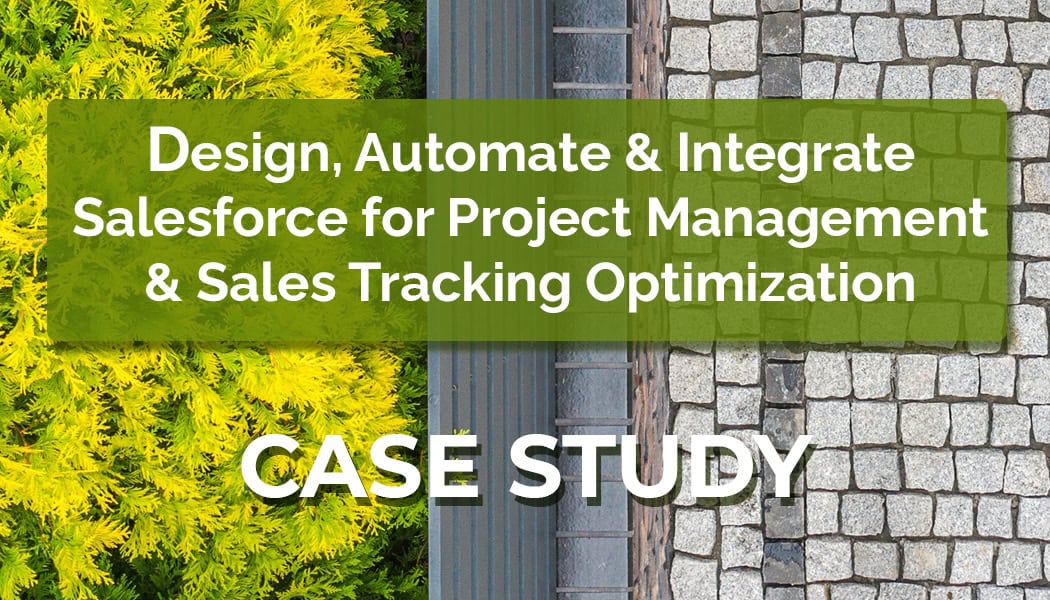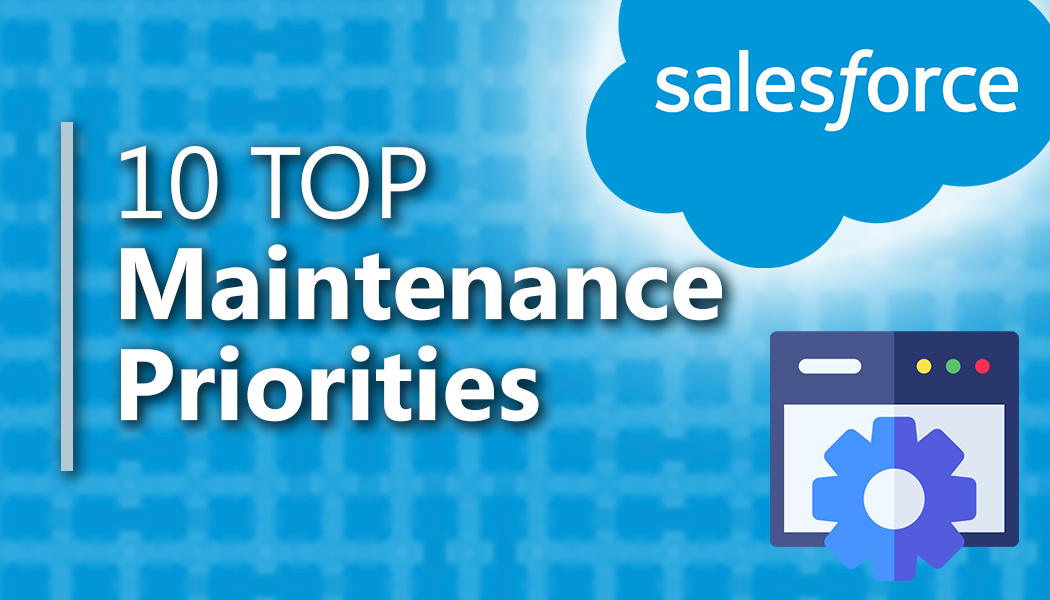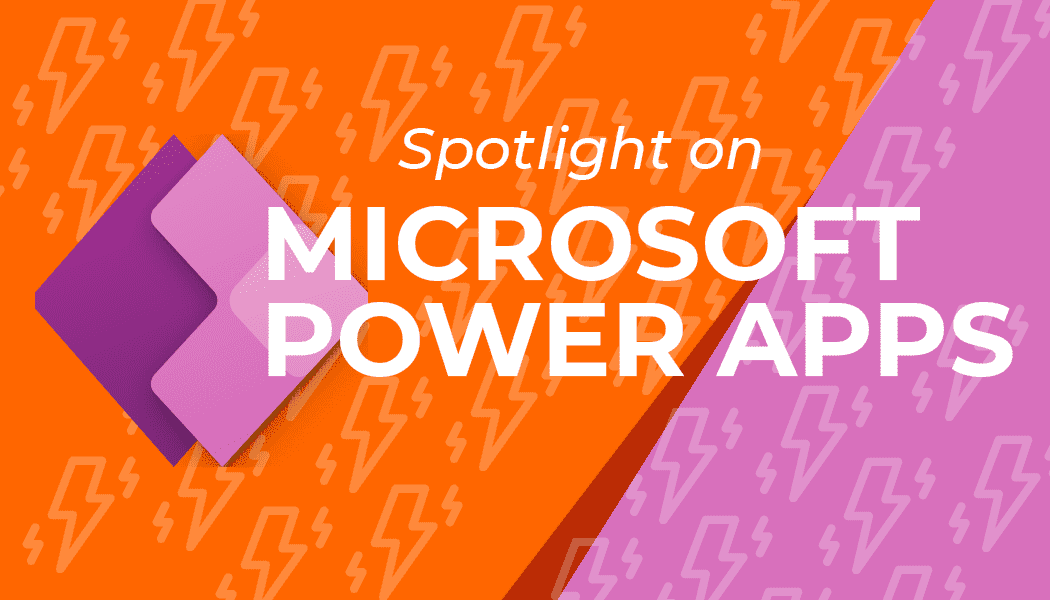Global Medical Device Manufacturer
Full CRM Implementation
In the age of technology, change is constant. As the world progresses at a monumental rate of integrating technology into every facet of life, it doesn’t do any favors to stay stagnant in the IT space. We are in The Fourth Industrial Revolution, or as Salesforce describes it “the blurring of boundaries between the physical, digital, and biological worlds.” (source)
We worked with a global medical device manufacturer that is the focal point of all three worlds Salesforce describes. Physically, they have a mobile sales team working with support to keep the pipeline flowing. Digitally, they work with remote support users aiding the sales team every step of the way. Most importantly, they have a biological world of customers whose lives are directly affected for the better by the products sold.
Use Case
Operating on SalesLogix, a custom CRM application that had been the platform used by the company for nearly 20 years. If you can imagine, it would be trying to upgrade 1927 Ford Model T to a 2019 Ford Mustang. They strive for the same purpose, but the way you achieve success and the tools you use to do it are drastically different.
The initial goal was to take their 1927 Model T’s parts and make them work in a 2019 Mustang. A Model T was innovation for its time, but today you wouldn’t dream of using parts from nearly a century ago. They would be outdated, inefficient, and less impactful. To achieve success, Smartbridge had to aid in moving a 20-year-old CRM platform to the modern age. This required complex data migration of millions of records, the translation of over 40 tables into objects, and company-wide user training. This would bring major visibility into company data for all user levels and connect sales, customer service, support, and marketing into one unified platform. Most importantly, this required leaving the old work of printed reports and spreadsheets behind into a highly automated cloud platform that eliminates the day to day repetitive tasks.
Path to Success
Step 1 – Discovery
Moving from a CRM application that had years worth of custom development added to it, there were expectations of functionality that needed to be translated to Salesforce. We had to balance the chance of correcting a lot of bad habits while keeping the salesforce instance somewhat familiar to make it easier on users to adopt the platform. Over the course of discovery, we mapped over 40 objects, streamlined many areas, and improved upon existing features.
Step 2 – Implementation
During development, many pain points were addressed that had existed for years. No more antiquated report distribution with CSVs, and data quality checks were immediately put in place that remedied no rules data entry that was the cause of inaccurate data over the course of 2 decades. For the first time, day to day repetitive tasks were replaced with automated processes. No longer did users have to manually send an email updating their sales rep of a key date change.
In parallel with development, an ongoing data quality exercise took place. Evaluating a data set that began in 1998 where no validation rules were put in place required a deep understanding of the previous system and how to remedy it in a way that would continue within Salesforce going forward.
The initial Go-Live was deployed to over 300 users in the course of a week. During this time, we onboarded support, sales, customer service, and marketing. With months of preparation, users were able to smoothly make the switch to their new Salesforce platform.
Step 3 – Moving Forward
The company now has over 1000 users in its Salesforce organization, accessible from anywhere in the world, on any device. Sales users now have more visibility into their pipelines than ever before, and have more time to act on their opportunities because they now work in a highly intelligent, automated environment. After implementation, they now execute more than 3 million automated processes per month. No more manually sending emails, googling your customer’s phone number, or compiling data into a report to help with making forecasting decisions. Data and visibility have drastically improved pipeline evaluation with the ability to implement proactive and reactive quality checks directly within the Salesforce platform. With all departments within the company now connected, it makes it easier than before to seamlessly work with their colleagues and succeed together.
Looking for more on Salesforce?
Explore more insights and expertise at smartbridge.com/salesforce
Keep Reading: Top Ten Lessons Learned with Salesforce Development
There’s more to explore at Smartbridge.com!
Sign up to be notified when we publish articles, news, videos and more!
Other ways to
follow us:





